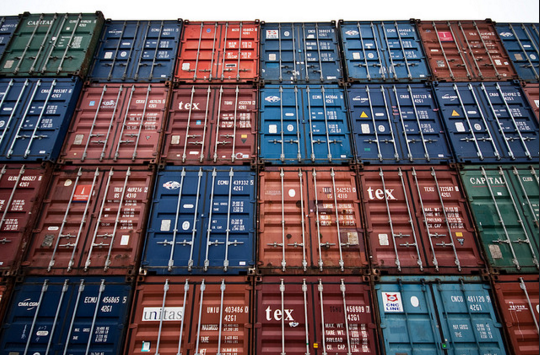
MANILA – Imports grew for a fourth consecutive month last September on higher purchases of raw materials and intermediate goods, capital and consumer goods, making the Philippines among the two Southeast Asian economies that posted positive imports during the month.
The Philippine Statistics Authority reported Wednesday that total payments for imports grew by 6.7 percent to USD 6.2 billion in September 2015 from USD 5.8 billion in the same month last year.
“Upbeat sentiment from the business sector and an overall improvement in consumer expectations for the coming quarter will likely keep imports afloat, especially those in the manufacturing and construction sectors,” said Socioeconomic Planning Secretary Arsenio M. Balisacan.
“Improved purchasing power due to low inflation will also keep consumer demand vibrant in the succeeding months, and will further be ramped-up by holiday spending,” he said.
Balisacan, also the National Economic and Development Authority (NEDA) Director-General, said the growth posted in capital goods for September at 40.7 percent amounting to USD 2 billion, the highest for the year, is also an indication of robust economic activity.
Capital goods include equipment and materials in which firms invest to expand production and make production more efficient.
Import bill for raw materials and intermediate goods, which serve as inputs in the production of final goods, also surged 20.1 percent to USD 2.7 billion.
Higher purchases of durable goods, particularly of passenger cars and motorized cycle, also boosted consumer goods by 10.1 percent to USD 876.8 million in September.
However, payments for non-durable goods, primarily rice, posted a decrease during the period due to lower rice volume purchased on a year-on-year basis.
“The drop in rice imports may only be temporary as the government allowed for additional rice imports in the fourth quarter of the year given the prevailing El Nino, which is still affecting domestic rice production,” Balisacan said.
Meanwhile, Viet Nam recorded positive imports in September this year, along with the Philippines, among the monitored trade-oriented economies in East and Southeast Asia.